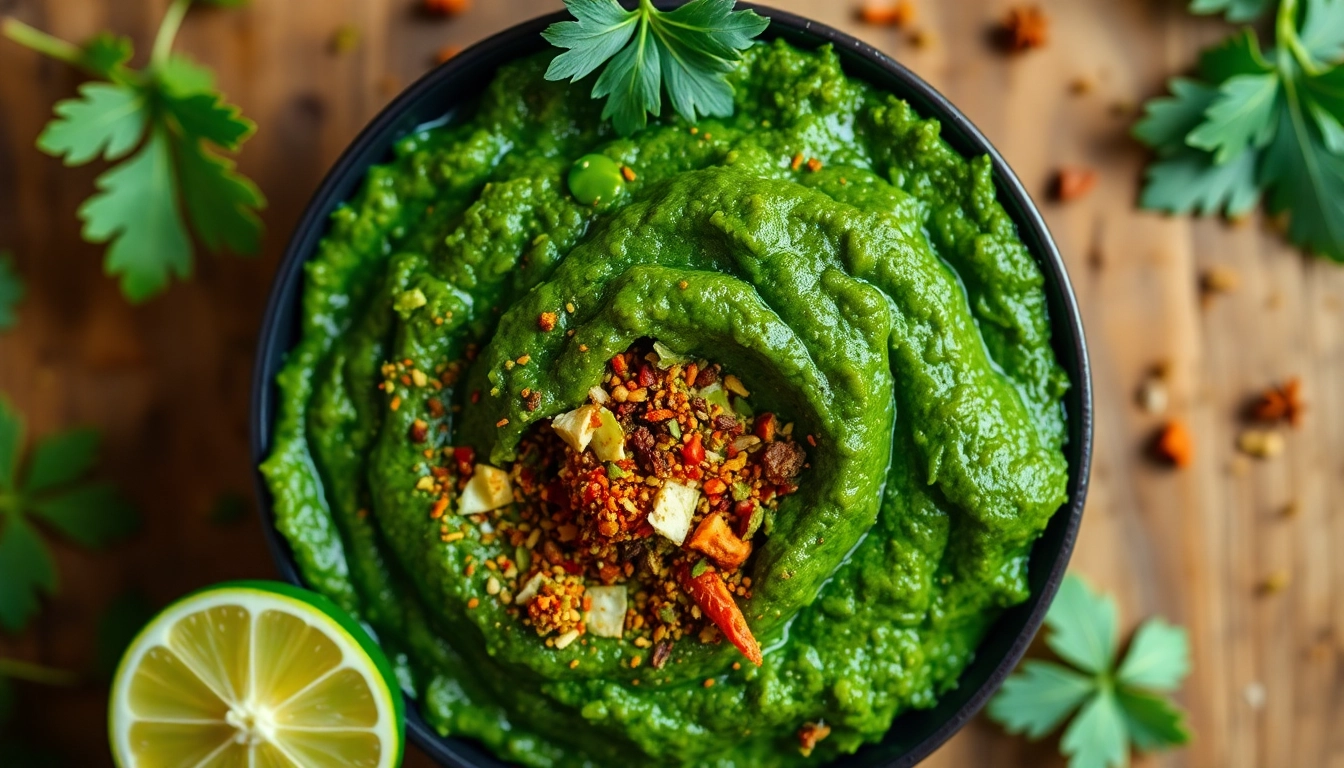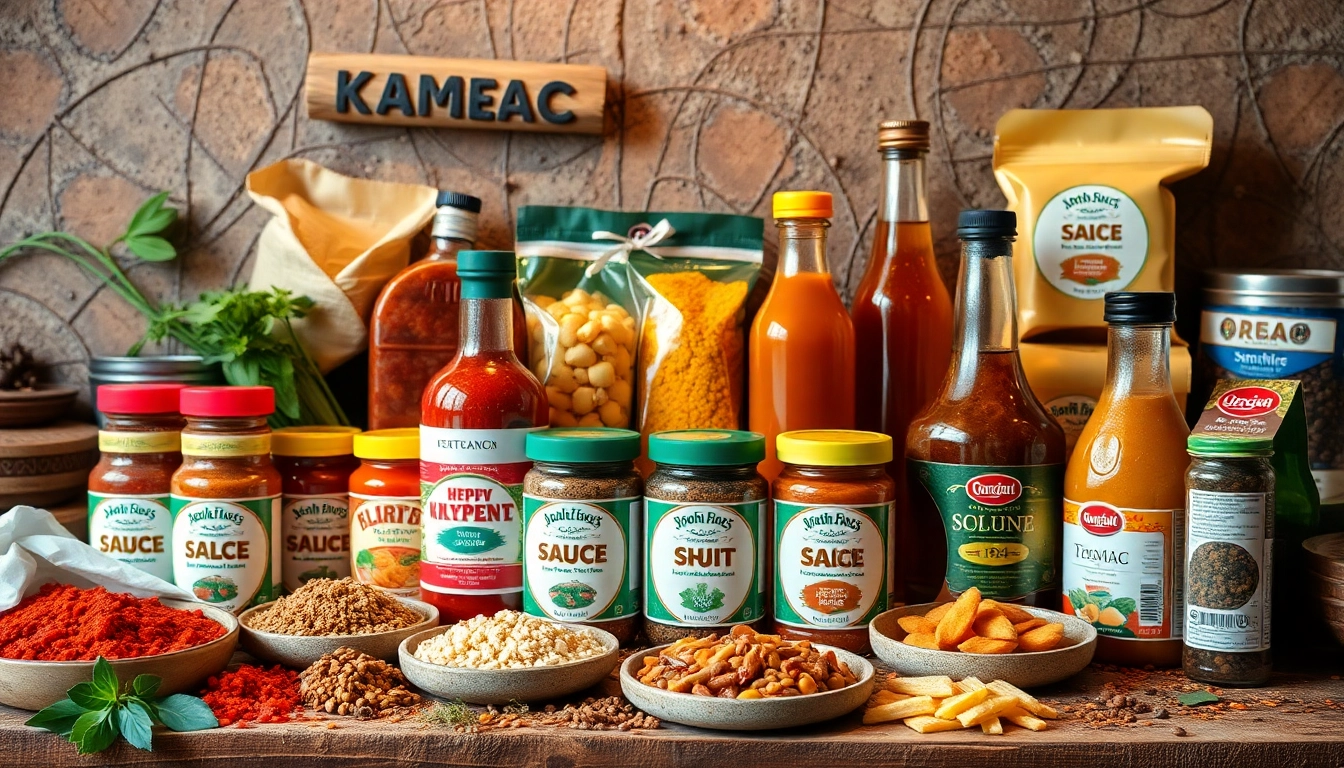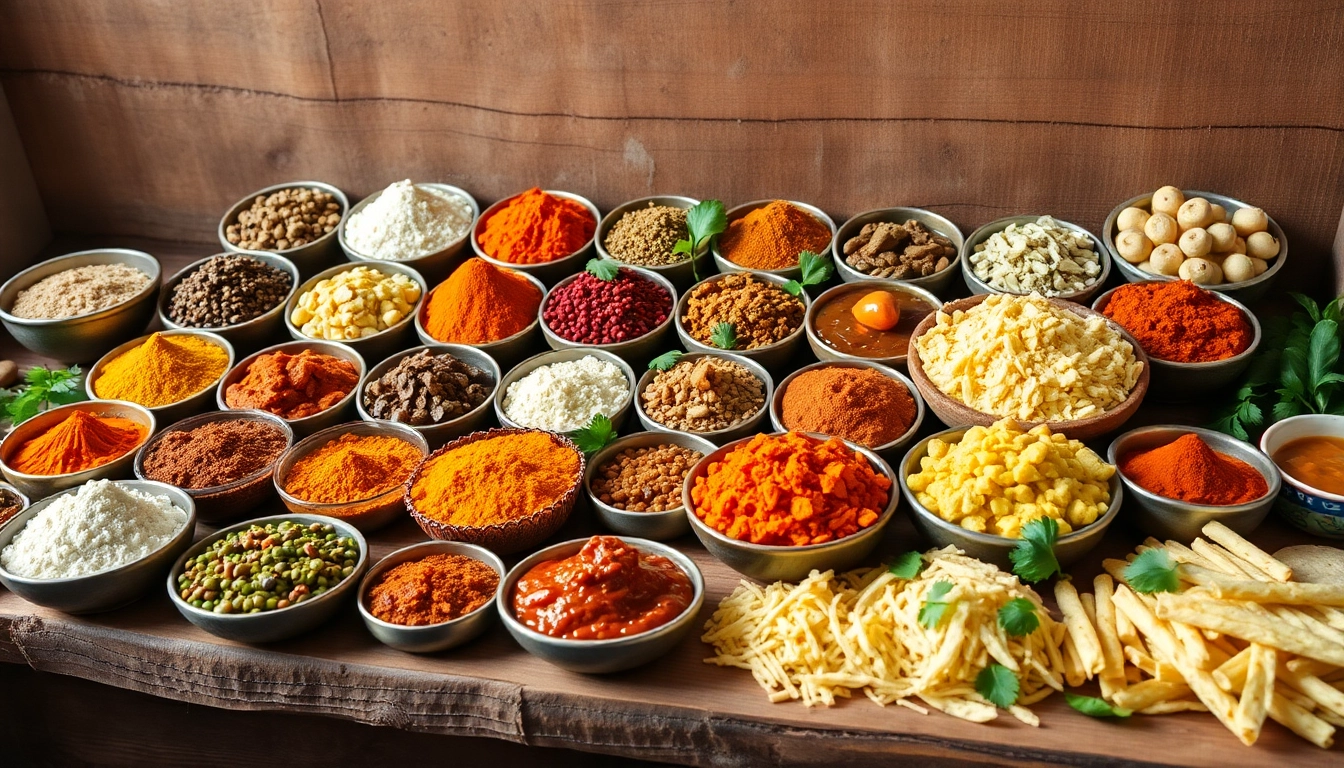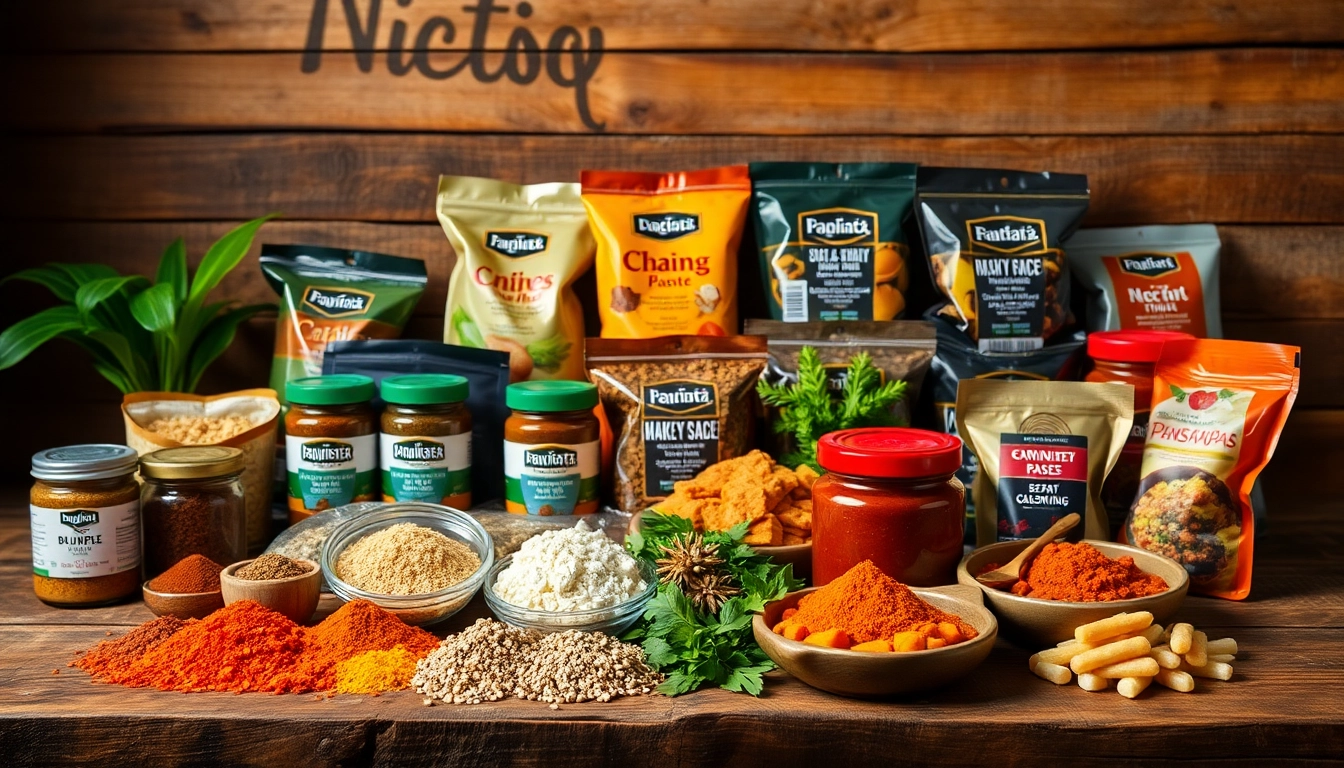Understanding What a Recipe Manager Is and Its Key Benefits
Defining a recipe manager and its core functions
A recipe manager is a specialized software application designed to help home cooks, professional chefs, and culinary enthusiasts organize, store, and optimize their collection of recipes. Unlike traditional recipe collections stored on paper or scattered across various digital formats, a recipe manager consolidates recipes into a centralized digital repository that offers powerful organization, searchability, and automation features. Core functions of a modern recipe manager include storing recipes with detailed instructions, ingredients, nutritional information, and images; enabling easy editing and updates; importing recipes from various sources; and providing tools for meal planning, shopping list generation, and nutritional tracking.
These systems typically support multimedia content such as photos and videos, integrate with other kitchen or health apps, and provide multi-device synchronization, ensuring seamless access whether you’re in the kitchen, at the grocery store, or on the go. By streamlining recipe management, a recipe manager reduces kitchen clutter, saves time, and enhances culinary creativity. It transforms the cooking process from a chaotic collection of clippings and bookmarks into an efficient, personalized digital culinary library.
Why every home cook needs a reliable recipe management tool
In today’s fast-paced lifestyle, a reliable recipe management tool becomes an indispensable asset for home cooks. It addresses multiple pain points: losing favorite recipes, difficulty finding specific dishes among hundreds, and inconsistencies in ingredient measurements. With a dedicated system, cooks can quickly locate recipes through advanced search features, categorize them by cuisine, difficulty, or dietary restrictions, and easily adjust serving sizes based on the number of diners.
Additionally, a good recipe manager promotes healthier eating habits by enabling users to plan meals in advance and maintain nutritious dietary choices. It also fosters creativity by allowing users to experiment and modify recipes while maintaining a master copy that can be refined over time. For busy households, integrating recipe management with grocery shopping simplifies trip planning, reduces food waste, and ensures that essential ingredients are always at hand.
Common features that differentiate top recipe managers
Leading recipe management applications distinguish themselves through a set of essential and premium features:
- Intuitive user interface: Easy navigation and quick access to recipes without clutter.
- Import and export capabilities: Seamless importing from websites, PDFs, or photo recognition; easy sharing or exporting recipes.
- Meal planning and shopping list integration: Built-in tools for scheduling meals, generating shopping lists, and tracking pantry inventory.
- Device synchronization: Access recipes across smartphones, tablets, computers, and cloud storage.
- Customization options: Tags, categories, dietary labels, and adjustable serving sizes facilitate personalized organization.
- Nutrition tracking: Calorie counting, dietary restrictions, and health metrics support healthier eating.
- Offline access: Use the app without internet connection during shopping or cooking.
- Community and social features: Sharing recipes with friends, community ratings, and edits.
When comparing top options, these features often serve as key differentiators. For example, apps like Paprika excel in meal planning and web recipe clipping, while CookBook emphasizes cross-platform availability and detailed organization.
Choosing the Right Recipe Manager for Your Needs
Assessing essential features: organization, import options, and device sync
The first step in selecting a recipe manager is evaluating your specific needs. Consider how you prefer to organize recipes: by cuisine, ingredients, dietary preferences, or meal type. Look for an app that offers flexible categorization, tagging, and custom fields to tailor your library.
Import options are crucial—ideally, the system should allow for easy import from websites, PDFs, social media, or via manual input. Rich import features save time and prevent duplicate entry. Device synchronization ensures your recipes are accessible on all your devices without hassle, providing flexibility whether you’re cooking in the kitchen or planning meals in your study.
For example, modern apps like CookBook or RecipeKeeper offer robust import and sync functionalities, making them ideal for users who want a comprehensive, connected experience.
Comparison of popular recipe management apps and platforms
Several applications are recognized for their reliability, features, and user satisfaction. Here’s a comparison of some prominent options:
- Paprika Recipe Manager: Widely acclaimed for its intuitive interface, web clipping, meal planning, and shopping list features. It supports multiple devices and platforms, including iOS, Android, Windows, and Mac. It offers both free and paid versions, with the free version limited to 50 recipes.
- CookBook: An all-in-one platform supporting iOS, Android, and Web, with features that include recipe storage, meal planning, shopping lists, and social sharing. Known for a clean interface and versatile import/export options.
- RecipeSage: Open-source and donation-based, offering substantial flexibility. It runs on Web, iOS, and Android, making it suitable for tech-savvy users who prefer open solutions.
- Obsidian (with plugins): Primarily a note-taking app, but highly customizable for recipes through linking, tagging, and automation, especially suited for users who want a DIY approach.
- Recipe Keeper and Mealie: Both support cross-platform use, with Mealie being self-hosted, providing control over data privacy.
Your choice should hinge on whether you prioritize ease-of-use, customization options, device compatibility, or open-source flexibility.
Factors to consider: cost, usability, privacy, and customization
Beyond functionality, practical considerations influence the best choice:
- Cost: Many apps operate on freemium models, like Paprika, which offers limited free usage, or subscription plans that unlock additional features. Open-source options like RecipeSage are free but may require more setup effort.
- Usability: An intuitive interface reduces learning curves and enhances efficiency. Read user reviews and try demo versions when possible.
- Privacy: Self-hosted or locally stored options offer greater control over data security. Cloud-based apps may be more convenient but require trust in provider privacy policies.
- Customization: Look for apps that allow labeling, creating custom categories, and flexible editing—features vital for unique cooking styles and dietary needs.
Best Practices for Organizing and Using Your Recipe Manager
Strategies for categorizing recipes for easy retrieval
An efficient organization system maximizes the value of your recipe manager. Start by creating broad categories such as “Breakfast,” “Desserts,” “Vegetarian,” or “Gluten-Free.” Within these, implement tags like “Easy,” “Holiday,” or “Holiday Dinner” to further refine searchability.
Use consistent naming conventions, for example, “Spaghetti Besto” instead of “Spaghetti,” to prevent duplicates. Incorporate additional metadata such as cooking time, difficulty level, or special ingredients. Visual cues like icons or color coding can also help differentiate recipe types at a glance.
For instance, a well-structured recipe library in CookBook can help you find a quick breakfast recipe during weekday mornings or plan elaborate weekend meals efficiently.
Utilizing meal planning and shopping list integration
One of the most valuable functionalities of a premium recipe manager is integrated meal planning. Create weekly or monthly meal schedules, and incorporate recipes directly into your plan. This simplifies grocery shopping, as the system can generate shopping lists based on planned meals.
Many apps allow real-time updates; for example, if you swap a recipe or change serving sizes, the shopping list adjusts automatically. Some, like Paprika and CookBook, can even support pantry management, flagging missing ingredients and reducing food waste.
Implementing these practices streamlines the cooking process, minimizes last-minute grocery runs, and ensures ingredient availability aligned with your meal plans.
Tips for importing, editing, and updating your recipe collection
To build a comprehensive digital library, leverage import tools extensively. Many recipe managers support one-click importing from popular cooking websites, PDFs, or images via OCR (Optical Character Recognition). When importing, review and clean up content to ensure consistency.
Regularly update recipes to reflect new tweaks, ingredient substitutions, or nutritional information. Use tags or folders to mark recipes that need revision. Backup your database periodically, especially if your app supports local storage.
For example, you can set a weekly routine to review imported recipes, adjust serving sizes, and add any personal notes, ensuring your collection remains current and personalized.
Optimizing Your Recipe Management Workflow
Integrating your recipe manager into daily cooking routines
To maximize efficiency, incorporate your recipe manager into your daily kitchen activities. Before cooking, browse your categorized recipes to select dishes fitting your available time and ingredients. For quick reference, keep your device readily accessible near your kitchen workspace.
During cooking, use the app to follow step-by-step instructions, utilize timers, or adjust serving sizes dynamically. Post-meal, document modifications or new recipes directly into your system, creating a feedback loop for continuous improvement.
Consistent integration streamlines your workflow, reduces stress, and encourages experimentation with new dishes.
Automating recipe imports from websites and social media
Automation is a game-changer. Many recipe managers support browser extensions or app integrations that allow one-click saving of recipes from cooking blogs, Pinterest, or other social platforms. Set up these tools to automatically parse recipe formatting, photos, and ingredients.
For instance, Paprika’s web clipper can seamlessly import recipes directly from browser pages, preserving images, instructions, and notes. Automating this process saves time, prevents manual entry errors, and ensures your collection is comprehensive.
Consistent use of automation boosts productivity and helps keep your culinary library current with the latest trends and favorite sources.
Tracking nutrition, servings, and dietary preferences efficiently
Modern recipe managers often include nutrition tracking features. Input nutritional data per ingredient or use integrated databases to automatically calculate calories, macronutrients, and dietary compliance.
Adjust servings, and the system recalculates nutritional information accordingly, enabling precise meal planning suitable for health goals or dietary restrictions. This capability is especially vital for individuals managing conditions like diabetes, gluten intolerance, or food allergies.
Leveraging these features ensures your cooking aligns with your health priorities while maintaining culinary enjoyment.
Measuring Success and Improving Your Recipe Management System
Monitoring stored recipes and meal planning effectiveness
Regular review enables continuous improvement. Track your most-used recipes to identify favorites and remove or update less relevant entries. Monitor how well your meal plans align with actual eating habits and whether your grocery shopping list effectively reduces waste.
Use app analytics, if available, or maintain a simple log to assess efficiency improvements in your cooking routine.
Gathering user feedback to enhance your experience
If you share your recipes or collaborate with others, seek feedback actively. Note which recipes are popular, which features facilitate your workflow, and where frustrations occur.
Many apps include comment sections or rating systems—use these or keep a personal journal. Your insights can guide future system tweaks, such as reorganizing categories or customizing interface elements.
Adapting your system as your cooking needs evolve
Your culinary preferences or dietary needs may change over time. Ensure your recipe manager accommodates these shifts. This could involve adding new tags, creating custom categories, or integrating new tools like nutrition tracking.
Periodic reassessment and customization ensure your system remains aligned with your goals, supporting ongoing culinary growth.




